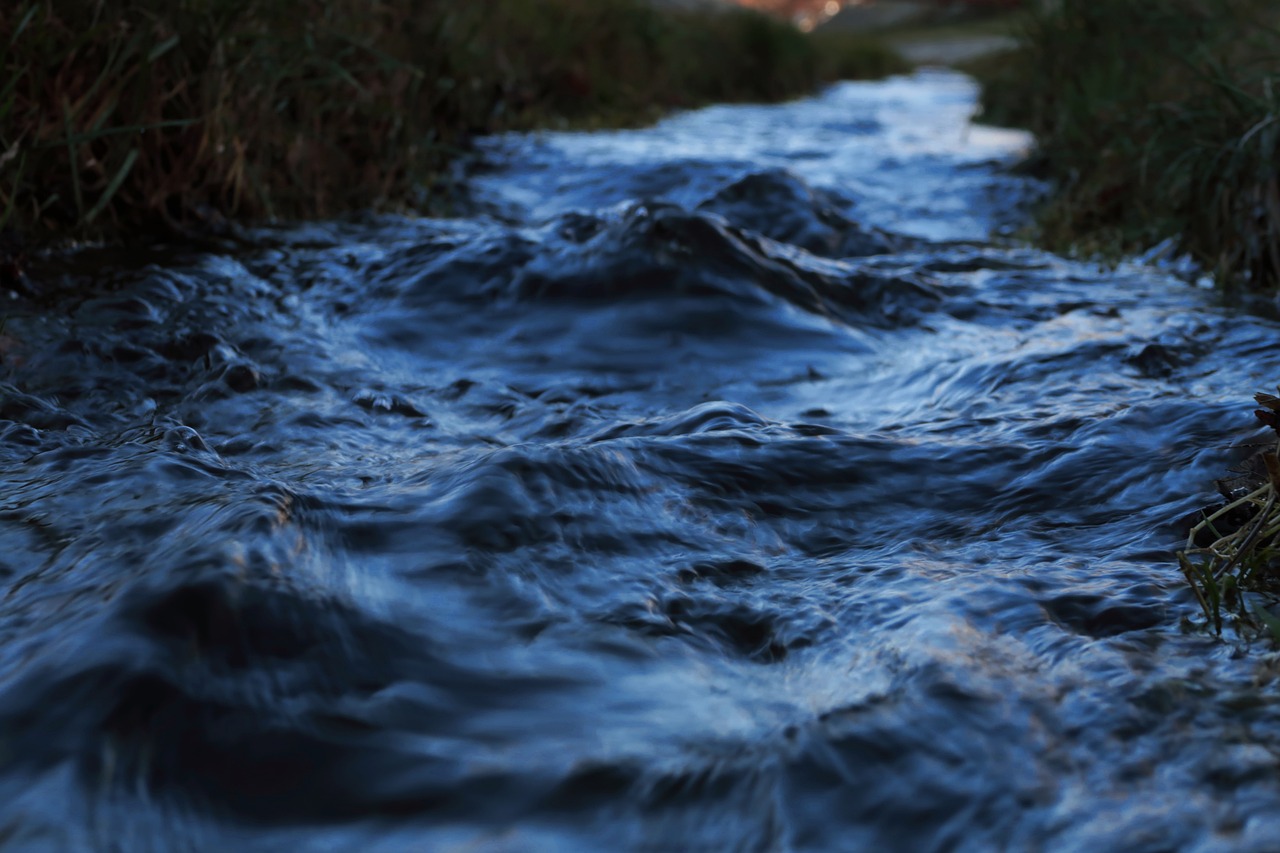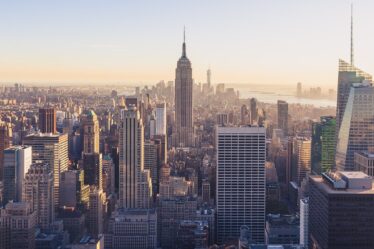
Introduction
Nature is filled with extraordinary phenomena that leave us in awe of its beauty and complexity. One such phenomenon is the confluence of rivers that do not mix immediately, creating a stunning visual spectacle where distinct water bodies flow side by side. These natural wonders can be found in various parts of the world, each offering unique landscapes and experiences. This comprehensive guide explores some of the most famous rivers that don’t mix, detailing their geographical locations, the science behind the phenomenon, and tips for visiting these captivating sites.
Understanding the Phenomenon
The Science Behind Non-Mixing Rivers
The phenomenon of rivers not mixing, also known as the confluence of contrasting waters, occurs due to differences in several physical and chemical properties of the water bodies, including:
- Density: Rivers with different densities due to varying temperatures or salinity levels will resist mixing.
- Speed: The flow rates of the rivers can affect how quickly they merge. Faster-flowing rivers may maintain separation from slower ones.
- Composition: Differences in sediment load, organic material, and dissolved minerals can create visible boundaries between rivers.
These differences cause the water bodies to flow alongside each other for considerable distances before eventually mixing, creating a striking visual contrast that can be observed from the air, land, or water.
Famous Non-Mixing Rivers to Visit
1. The Confluence of the Rhône and Arve Rivers, Switzerland
Location: Geneva, Switzerland
The Rhône and Arve Rivers meet in the heart of Geneva, creating a dramatic visual spectacle where the clear, turquoise waters of the Rhône contrast sharply with the muddy, brown waters of the Arve. The Rhône originates from the Rhône Glacier in the Swiss Alps, while the Arve flows from the Mont Blanc region, carrying a heavy load of glacial silt.
Visiting Tips:
- Best Viewing Spots: The confluence can be best observed from the Pont de la Jonction bridge, which offers a panoramic view of the merging rivers.
- Activities: Take a guided boat tour on the Rhône River for an up-close view of the confluence. Additionally, Geneva’s numerous parks and promenades provide scenic walking and biking paths along the rivers.
2. The Confluence of the Rio Negro and Solimões Rivers, Brazil
Location: Manaus, Amazonas, Brazil
The meeting of the Rio Negro and Solimões Rivers near Manaus, Brazil, forms the famous “Meeting of Waters,” a spectacular natural phenomenon where the dark, almost black waters of the Rio Negro run alongside the sandy-colored waters of the Solimões for about 6 kilometers (3.7 miles) before they merge to form the Amazon River. The stark contrast is due to differences in temperature, speed, and sediment content.
Visiting Tips:
- Best Viewing Spots: Boat tours from Manaus offer the best way to experience the confluence, allowing visitors to observe the distinct boundary between the two rivers.
- Activities: Explore the nearby Anavilhanas Archipelago, one of the world’s largest river archipelagos, for a unique Amazonian adventure.
3. The Confluence of the Alaknanda and Bhagirathi Rivers, India
Location: Devprayag, Uttarakhand, India
In the town of Devprayag, the Alaknanda and Bhagirathi Rivers converge to form the holy Ganges River. The Alaknanda’s turquoise waters meet the sediment-laden, grayish waters of the Bhagirathi, creating a striking visual divide. This confluence holds significant spiritual importance in Hinduism and is a popular pilgrimage site.
Visiting Tips:
- Best Viewing Spots: The confluence can be observed from the Raghunath Temple and the suspension bridge that spans the rivers.
- Activities: Participate in religious ceremonies along the riverbanks, and explore the ancient temples and traditional bazaars in Devprayag.
4. The Confluence of the Jialing and Yangtze Rivers, China
Location: Chongqing, China
In Chongqing, one of China’s major cities, the green waters of the Jialing River meet the brown waters of the Yangtze River. The confluence creates a striking contrast that is especially visible during the rainy season when the Yangtze carries a higher sediment load.
Visiting Tips:
- Best Viewing Spots: The confluence is best viewed from the Chaotianmen Dock, where visitors can see the two rivers flowing side by side.
- Activities: Take a river cruise along the Yangtze to explore the Three Gorges and visit the Dazu Rock Carvings, a UNESCO World Heritage site.
5. The Confluence of the Moselle and Rhine Rivers, Germany
Location: Koblenz, Germany
The Deutsches Eck, or “German Corner,” in Koblenz is where the Moselle River meets the Rhine River. The Moselle brings clear, greenish waters, which merge with the slightly darker waters of the Rhine, creating a beautiful confluence. The site is marked by an impressive monument to German unity.
Visiting Tips:
- Best Viewing Spots: The confluence can be viewed from the Deutsches Eck monument or the nearby Ehrenbreitstein Fortress, accessible by cable car.
- Activities: Explore the historic old town of Koblenz, take a scenic river cruise, and visit nearby castles and vineyards in the Rhine Valley.
6. The Confluence of the Green and Colorado Rivers, USA
Location: Canyonlands National Park, Utah, USA
In the heart of Canyonlands National Park, the Green River meets the Colorado River, creating a stunning natural spectacle. The Green River’s milky green waters contrast with the reddish-brown waters of the Colorado River, surrounded by the dramatic landscapes of the park’s canyons and mesas.
Visiting Tips:
- Best Viewing Spots: The confluence can be viewed from the Confluence Overlook, a challenging hike that offers breathtaking views of the merging rivers.
- Activities: Explore Canyonlands National Park through hiking, mountain biking, and river rafting, and visit the nearby Arches National Park for more stunning rock formations.
Lesser-Known Confluences Worth Exploring
1. The Confluence of the Drava and Danube Rivers, Croatia
Location: Osijek, Croatia
In the city of Osijek, the clear waters of the Drava River meet the mighty Danube River, creating a picturesque confluence. The area is rich in history and natural beauty, offering a peaceful retreat for nature lovers and history enthusiasts.
Visiting Tips:
- Best Viewing Spots: The confluence can be observed from the Drava River promenade or the nearby Kopački Rit Nature Park.
- Activities: Explore the historic city of Osijek, visit the Osijek Fortress, and enjoy birdwatching and boating in Kopački Rit Nature Park.
2. The Confluence of the Tigris and Euphrates Rivers, Iraq
Location: Al-Qurnah, Basra Governorate, Iraq
The Tigris and Euphrates Rivers, two of the most historically significant rivers in the world, converge in the town of Al-Qurnah to form the Shatt al-Arab River. This confluence holds immense historical and cultural importance, as the region is often referred to as the cradle of civilization.
Visiting Tips:
- Best Viewing Spots: The confluence can be viewed from the Al-Qurnah historical site, which includes a garden with a tree traditionally believed to be the Tree of Knowledge.
- Activities: Explore the nearby city of Basra, visit the Basra Museum, and take a boat trip on the Shatt al-Arab River.
3. The Confluence of the Blue Nile and White Nile Rivers, Sudan
Location: Khartoum, Sudan
In the capital city of Khartoum, the Blue Nile and White Nile Rivers converge to form the Nile River, the world’s longest river. The Blue Nile’s darker waters meet the lighter waters of the White Nile, creating a distinct boundary between the two rivers.
Visiting Tips:
- Best Viewing Spots: The confluence can be viewed from the Al-Mogran Family Park or from a boat tour on the Nile.
- Activities: Explore Khartoum’s cultural and historical sites, including the National Museum, the Al-Mogran Family Park, and the bustling Omdurman Souq.
Tips for Visiting Non-Mixing Rivers
Best Time to Visit
The best time to visit these natural wonders varies depending on the location and climate. Generally, it is advisable to visit during the dry season when water levels are stable and visibility is clear. However, some rivers may offer unique experiences during the rainy season when water flow and sediment content are higher.
Guided Tours
Many confluences are best experienced through guided tours, which provide valuable insights into the natural and cultural significance of the sites. Boat tours, hiking excursions, and cultural tours are often available and can enhance your visit.
Respecting the Environment
When visiting natural sites, it is essential to respect the environment and adhere to local regulations. Avoid littering, stay on designated paths, and minimize your impact on the ecosystem to preserve these wonders for future generations.
Conclusion
The confluence of rivers that don’t mix offers a unique and mesmerizing glimpse into the complexities of nature. From the dramatic Meeting of Waters in Brazil to the serene confluence of the Drava and Danube in Croatia, these natural phenomena are a testament to the beauty and diversity of our planet. By exploring these sites, travelers can experience the awe-inspiring power of nature while gaining a deeper appreciation for the world’s interconnected waterways. Whether you


